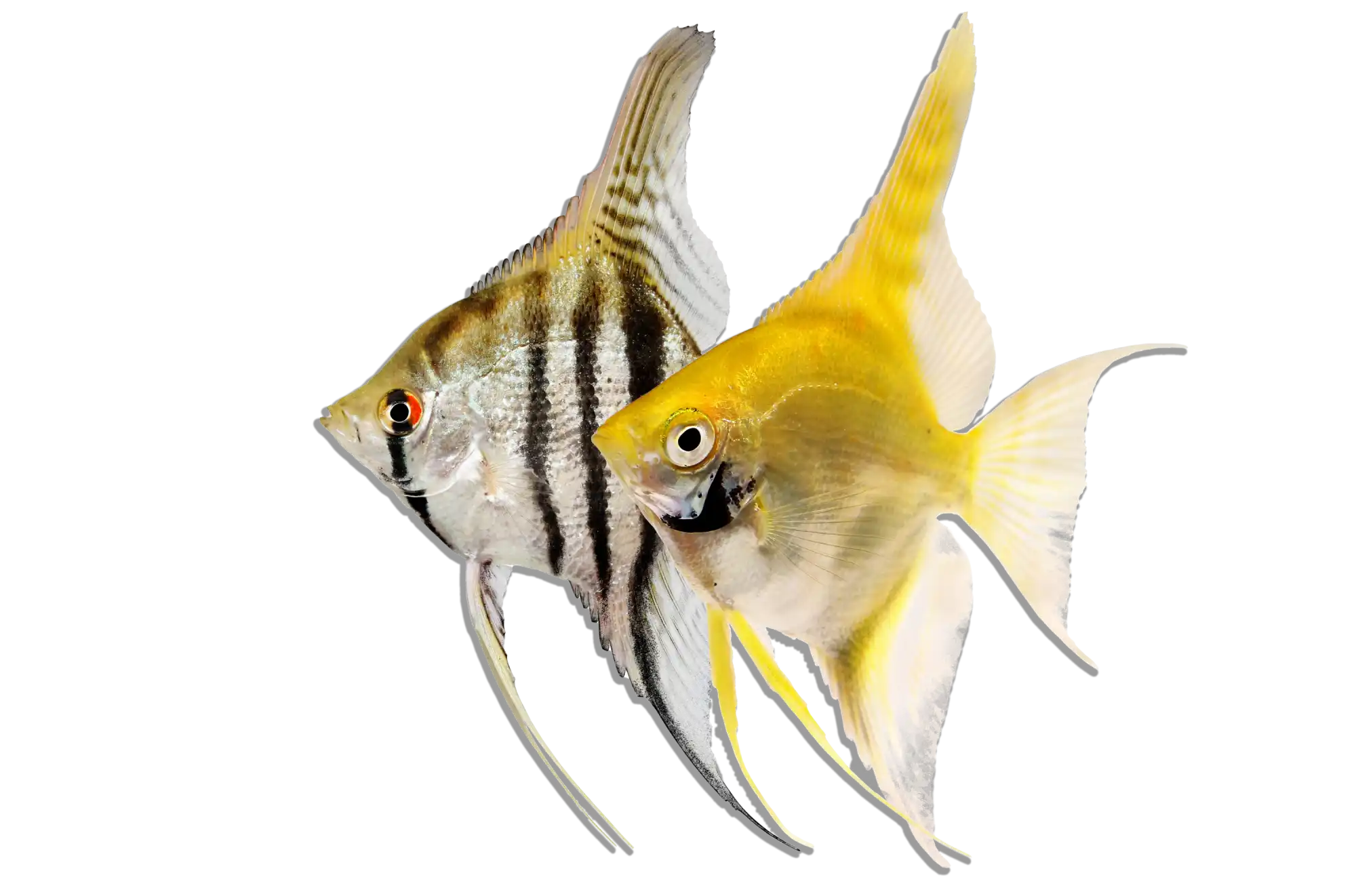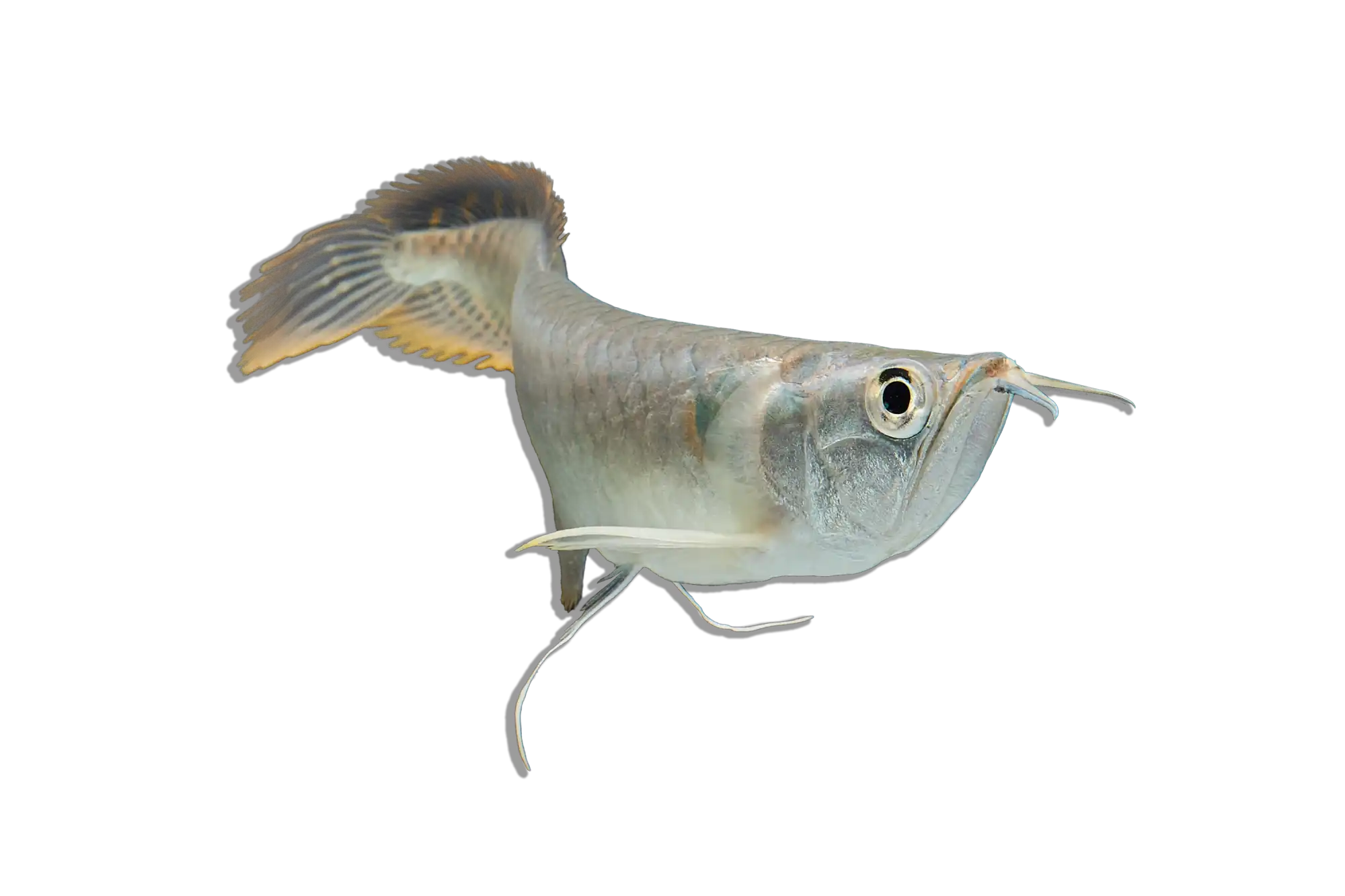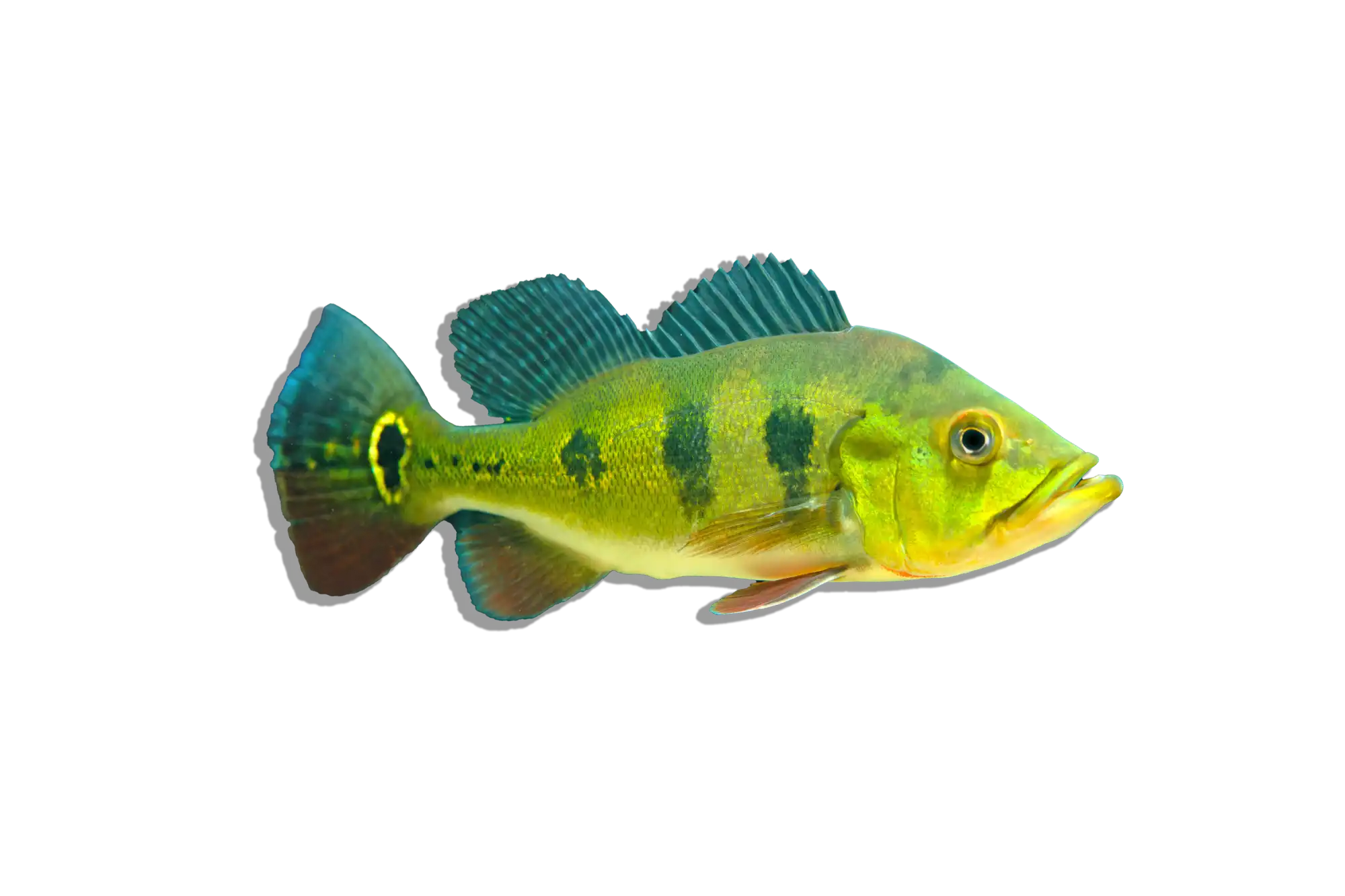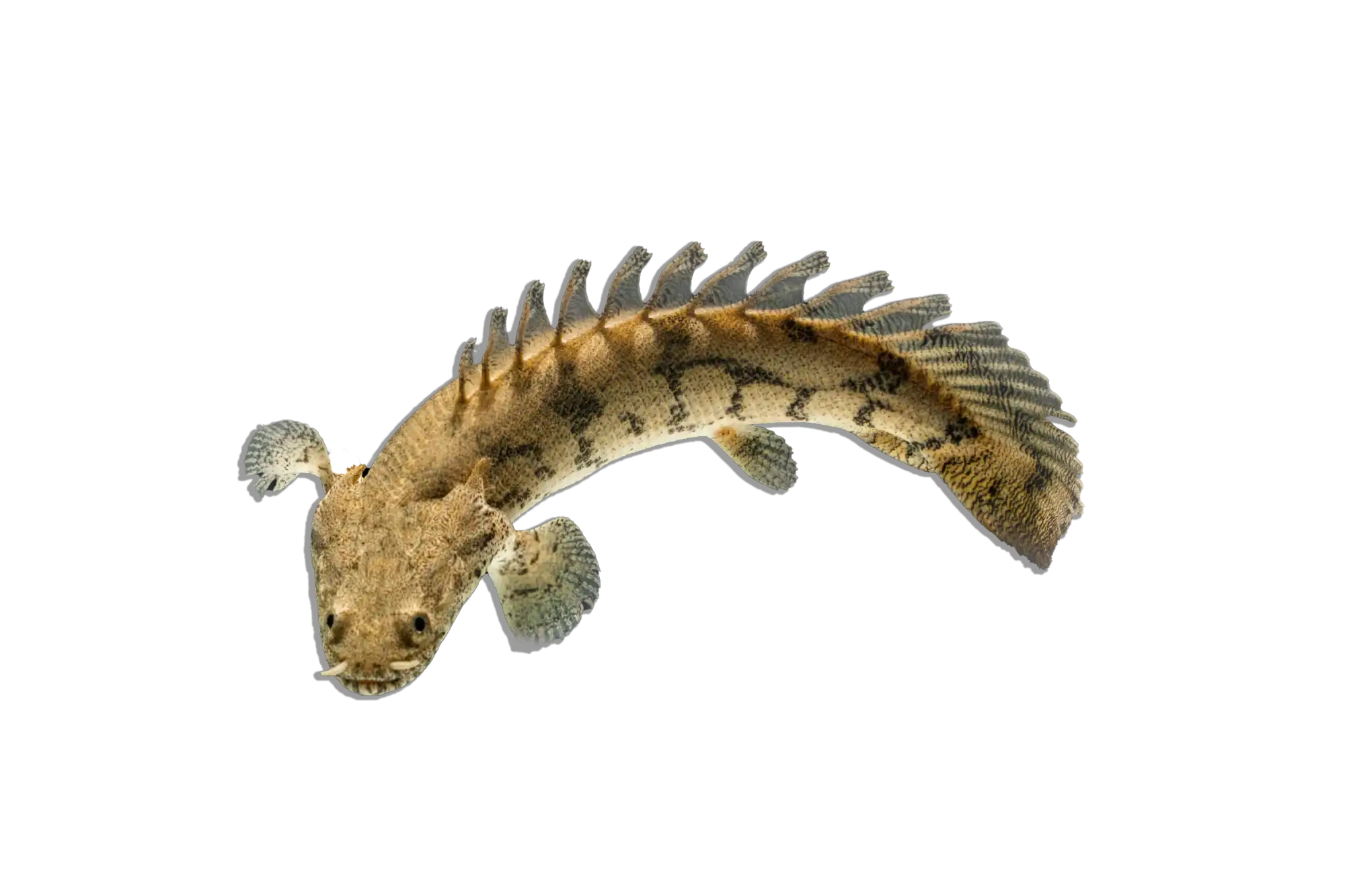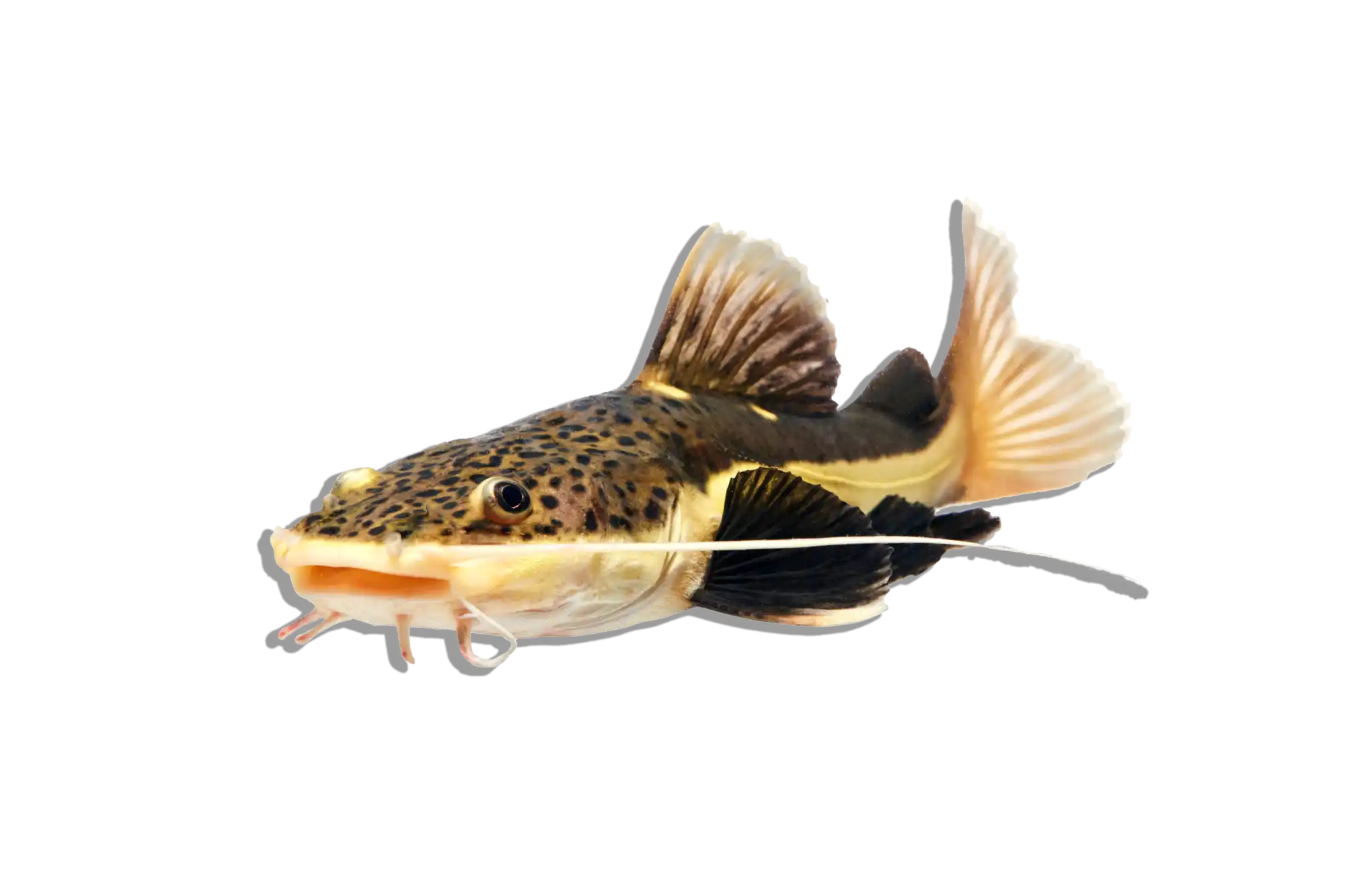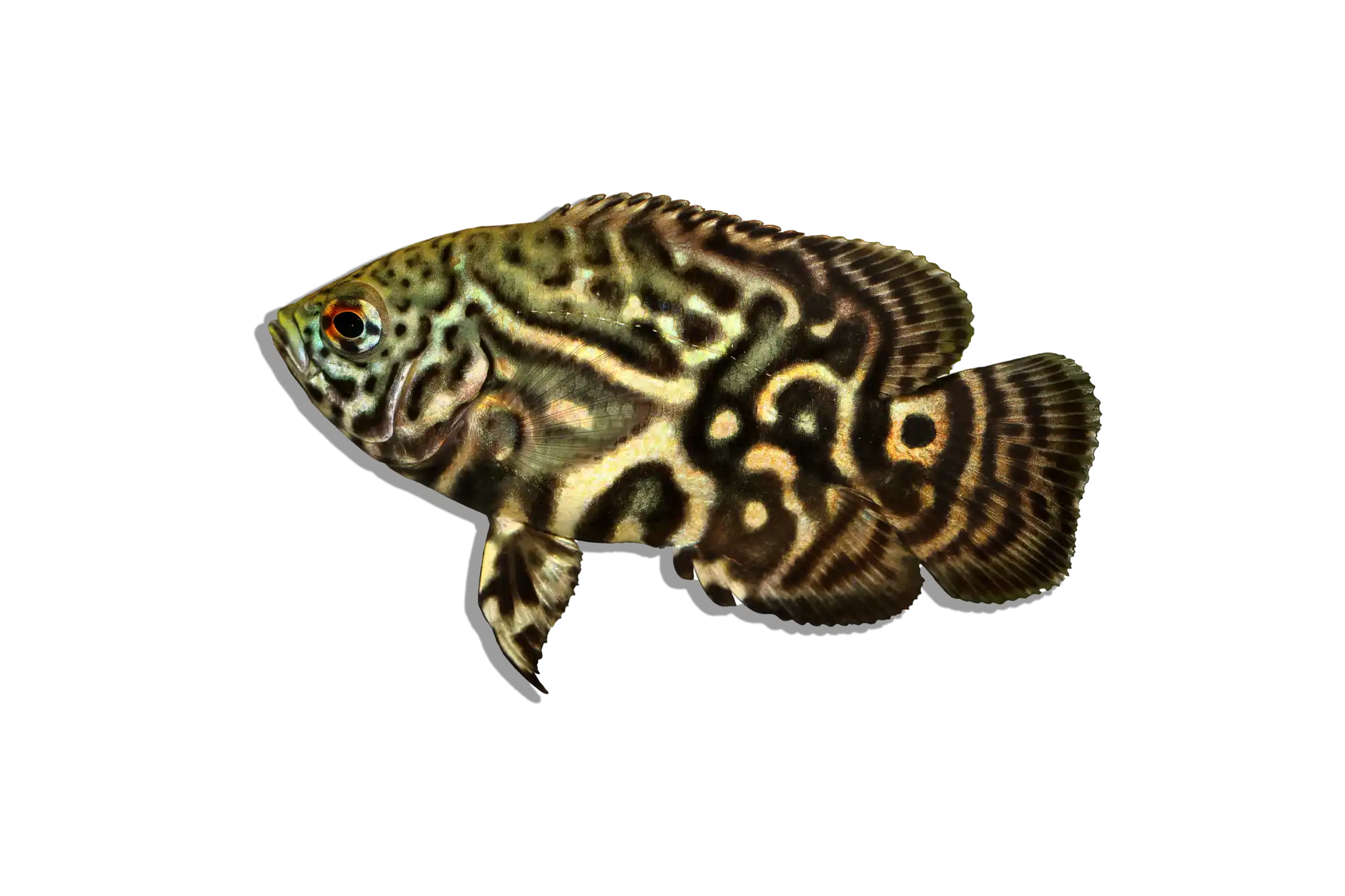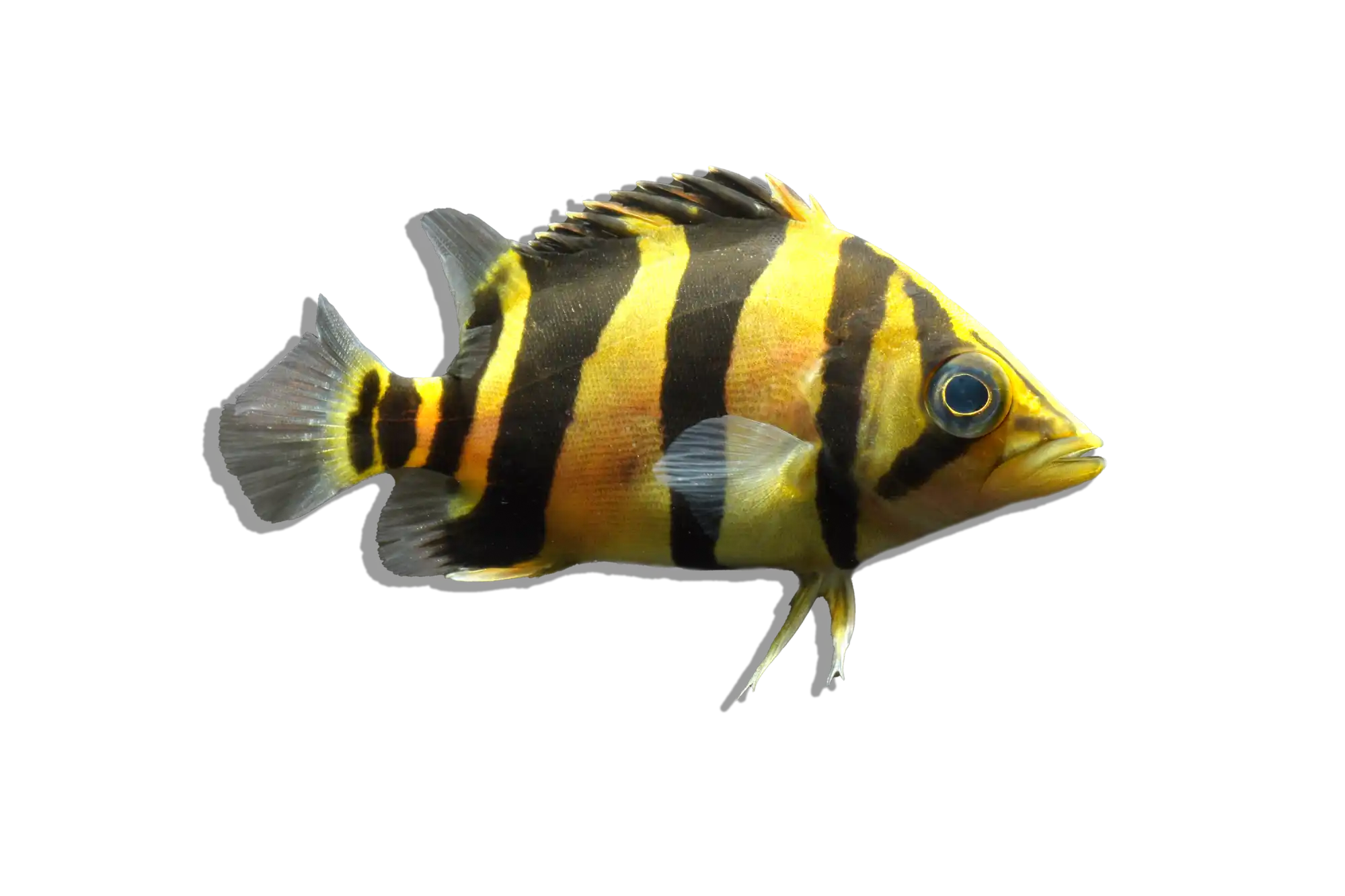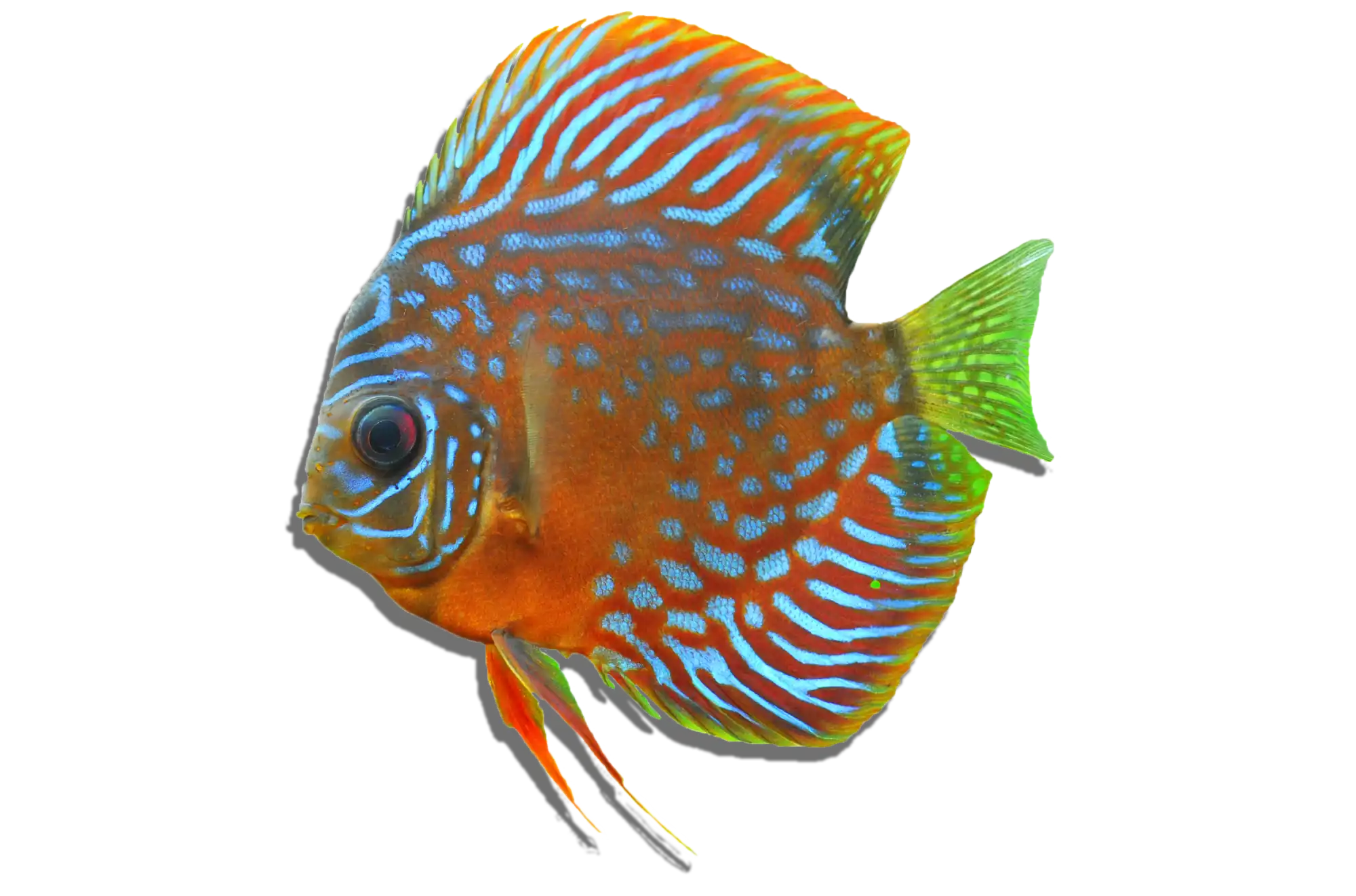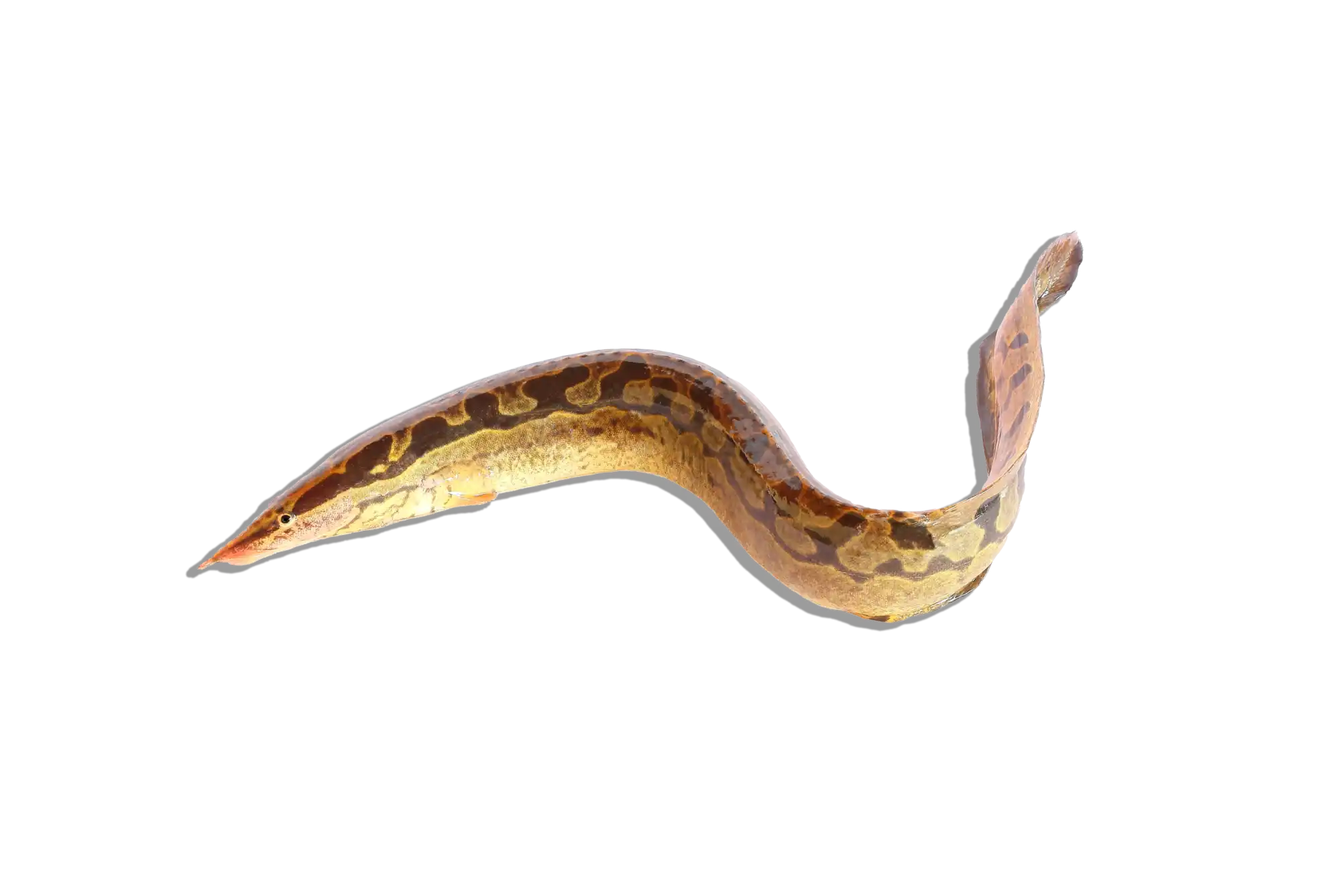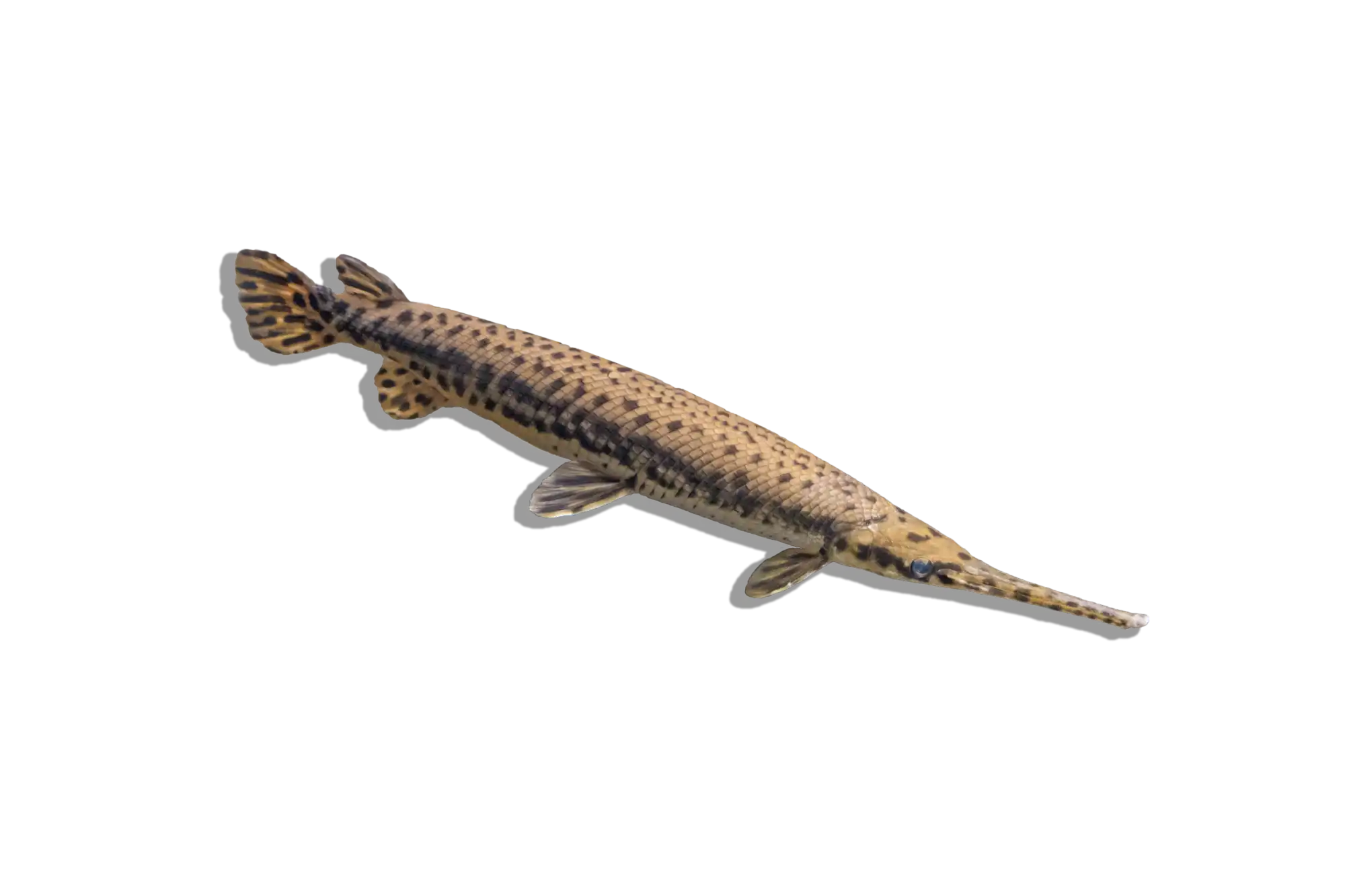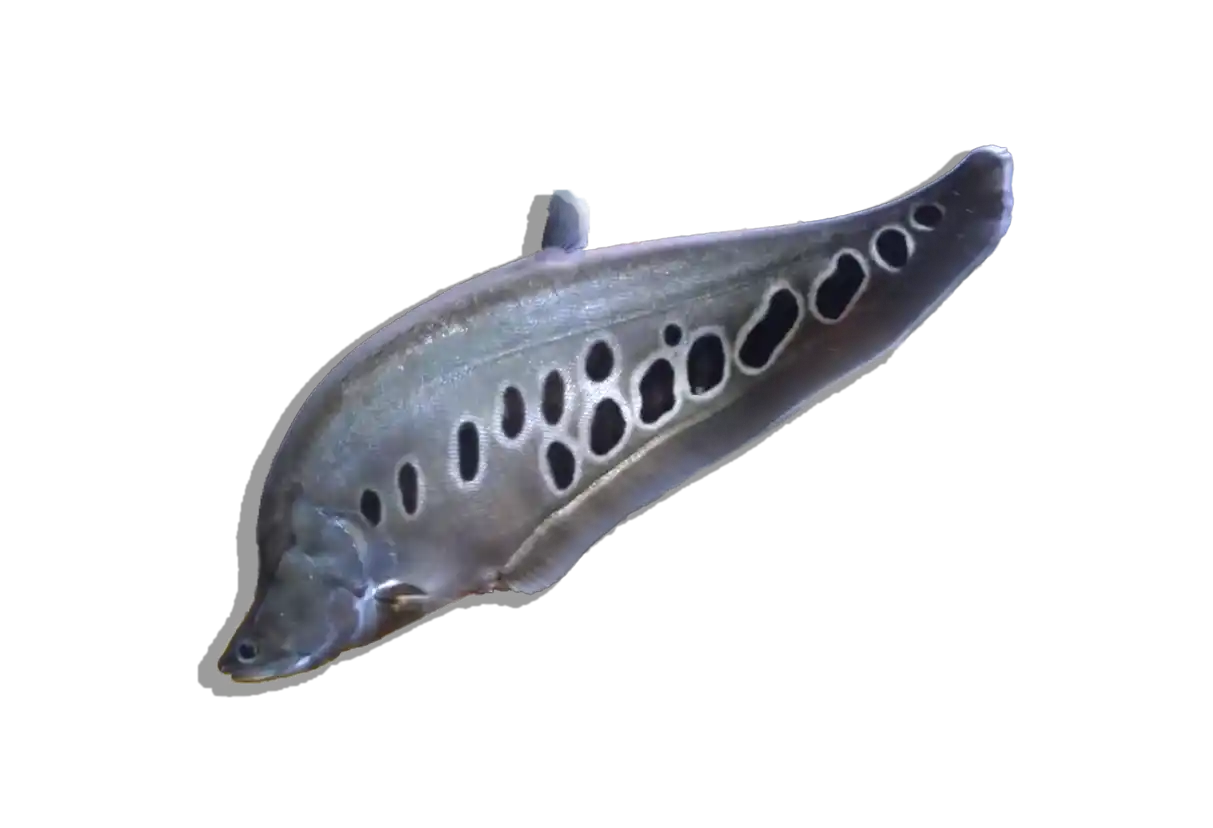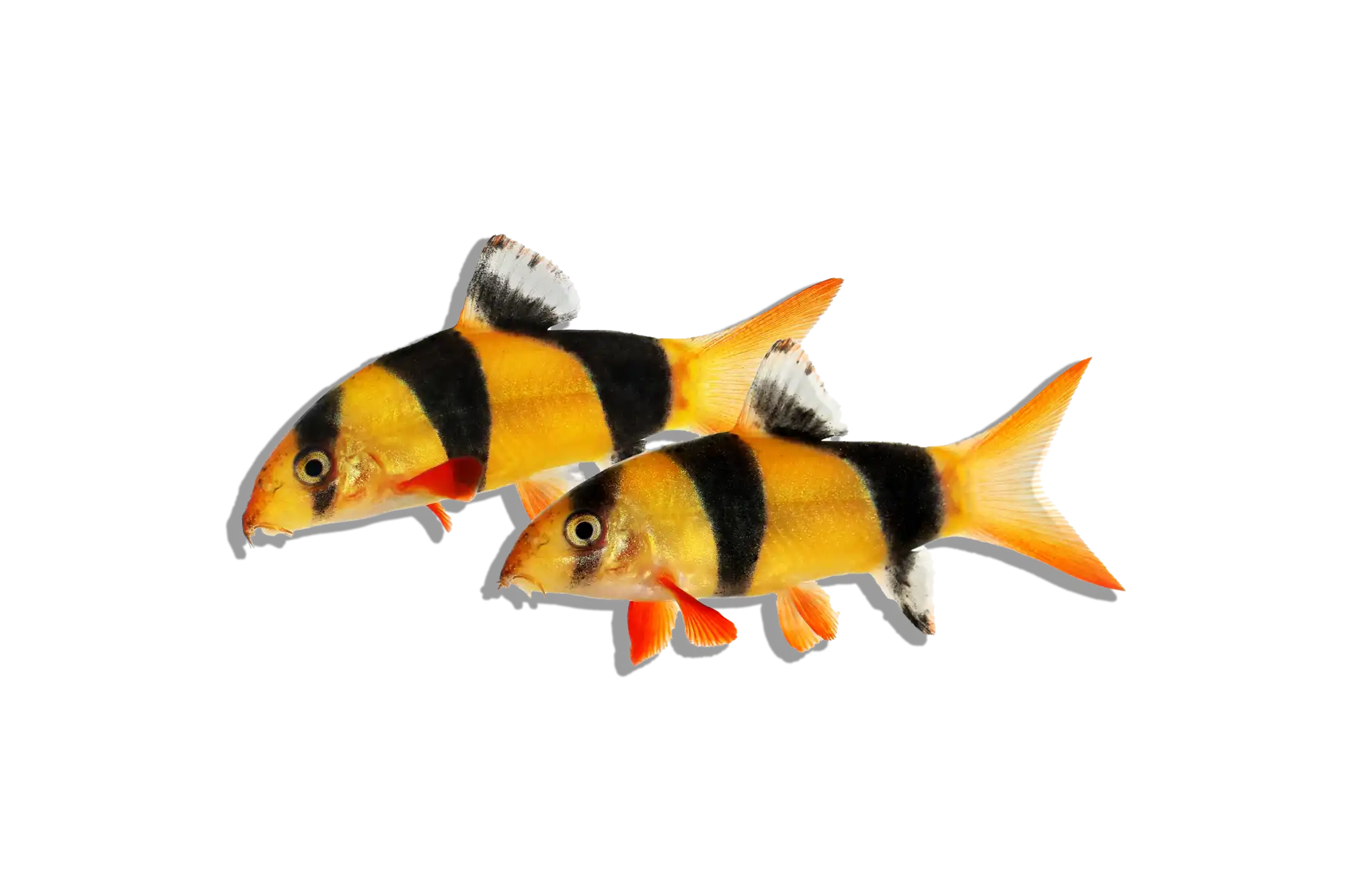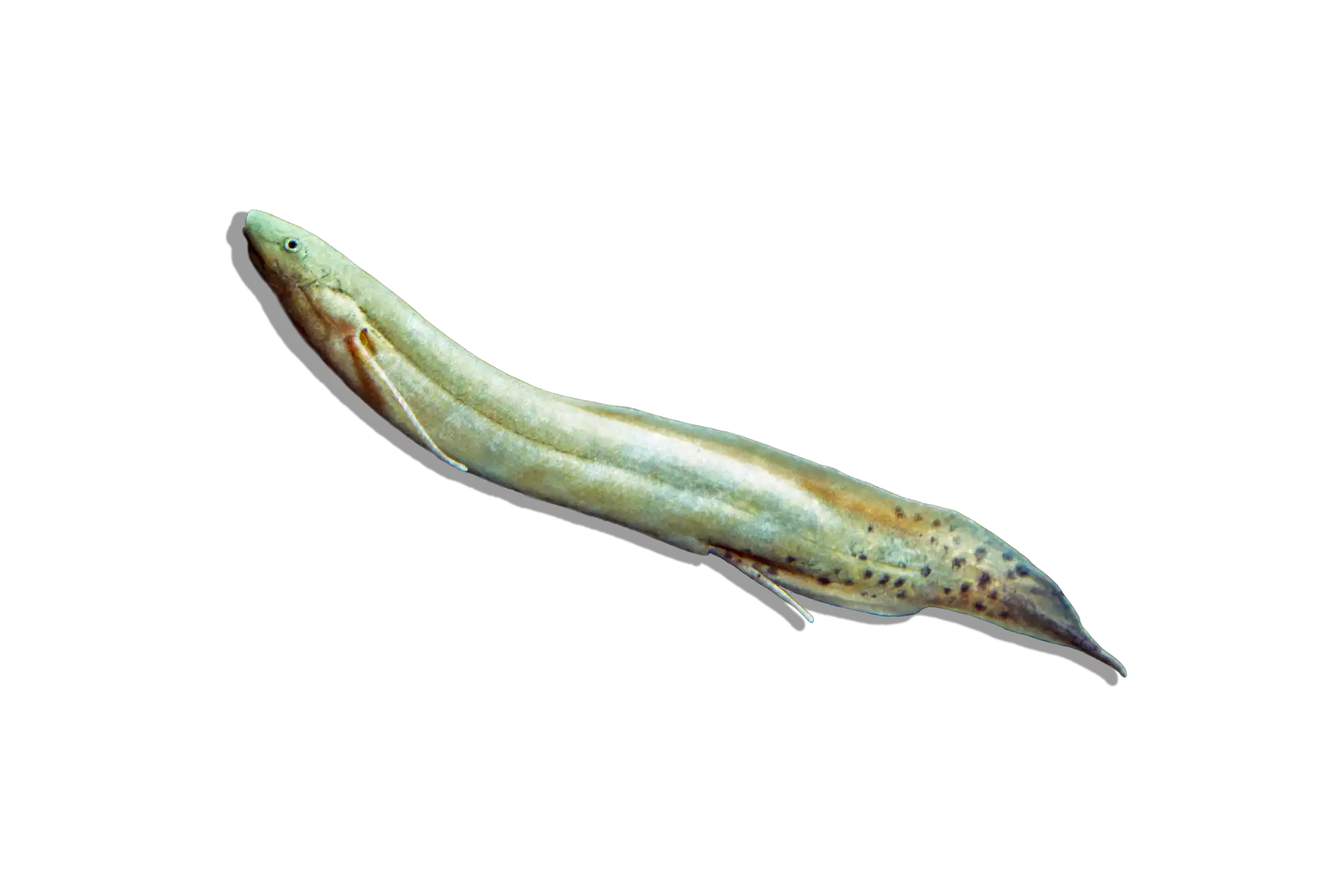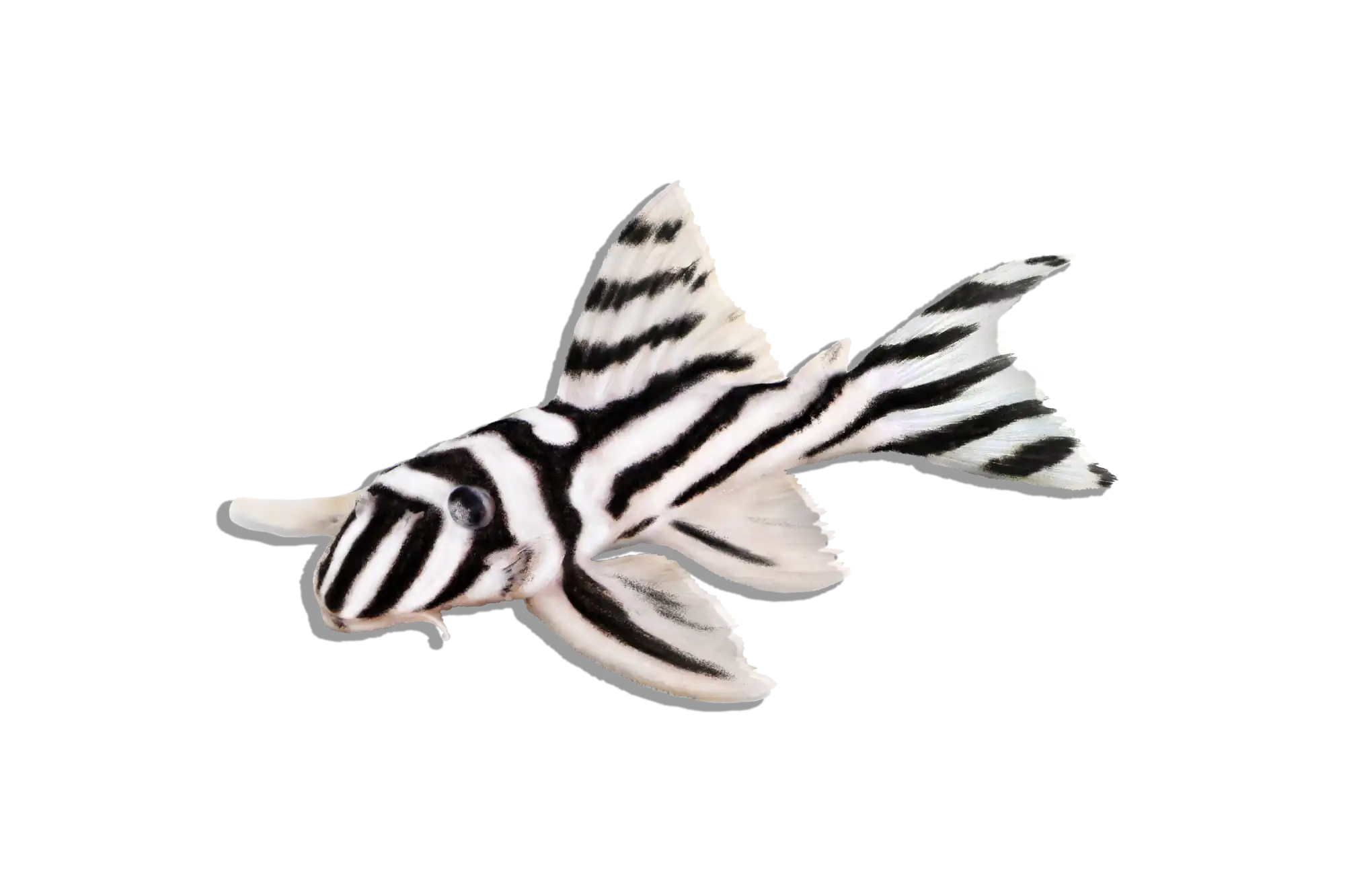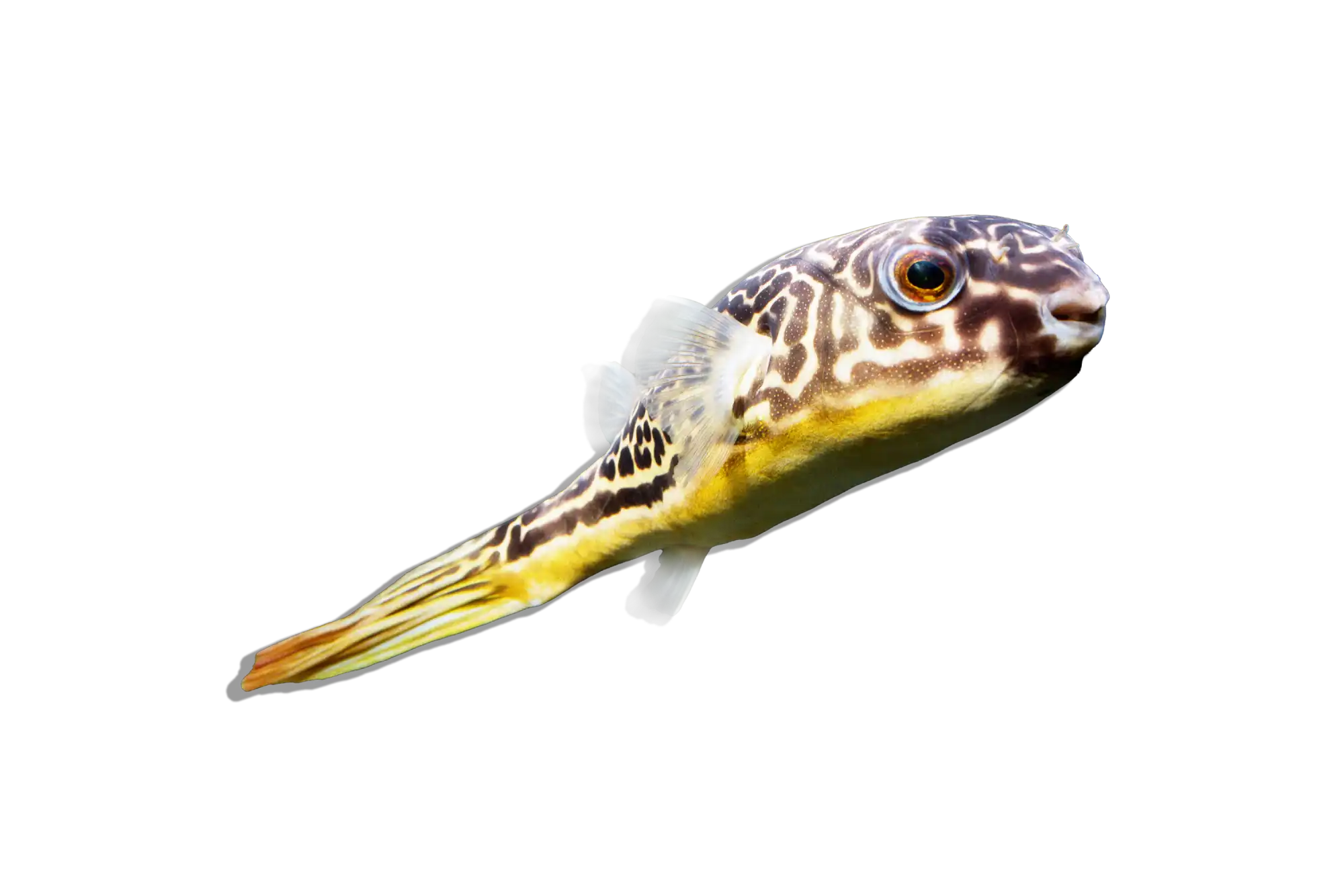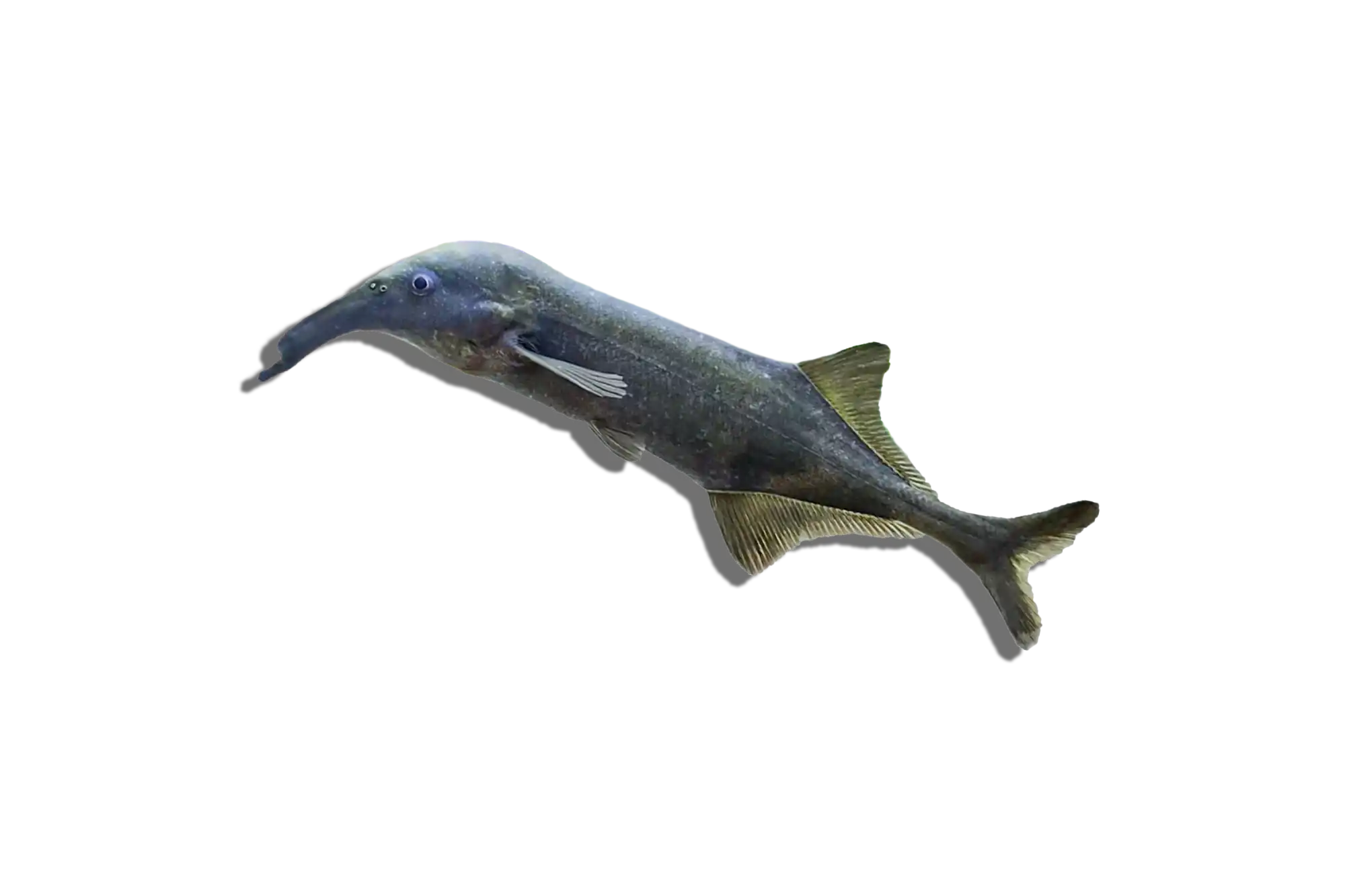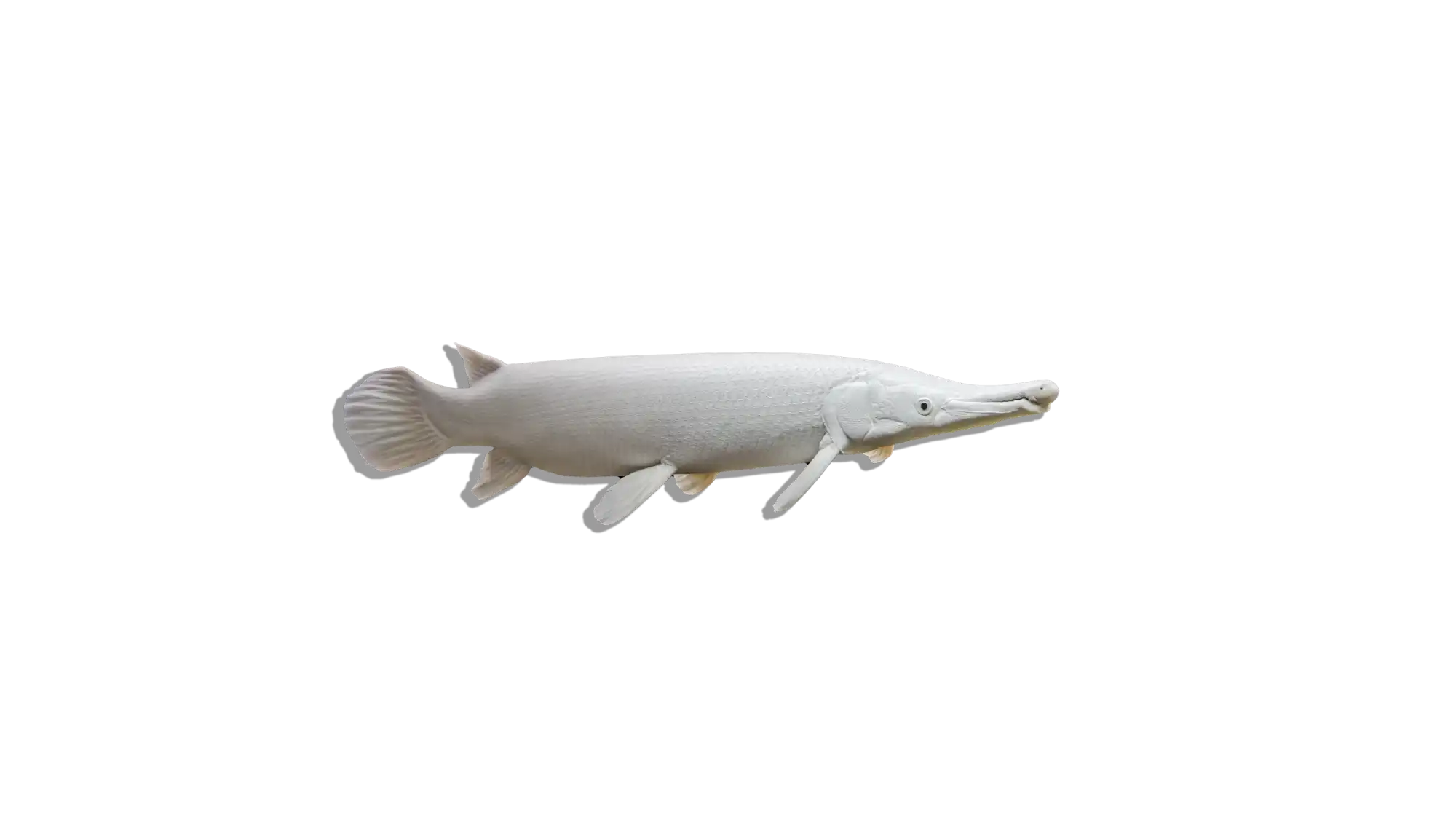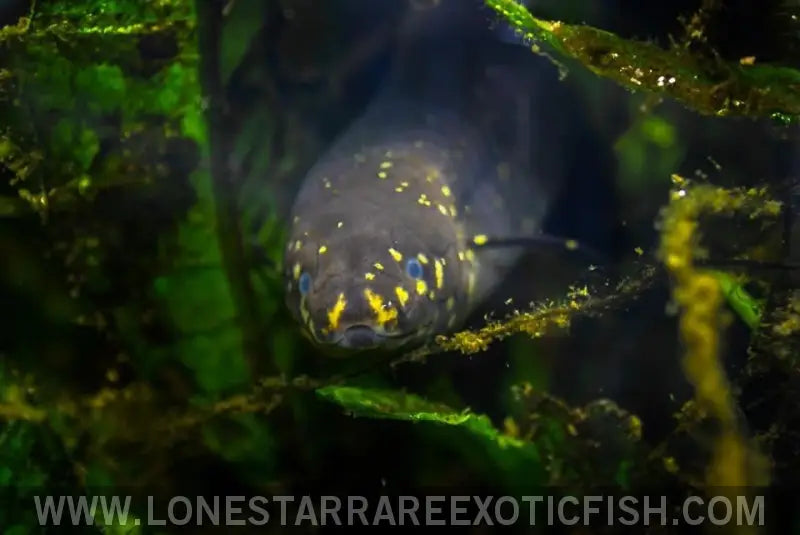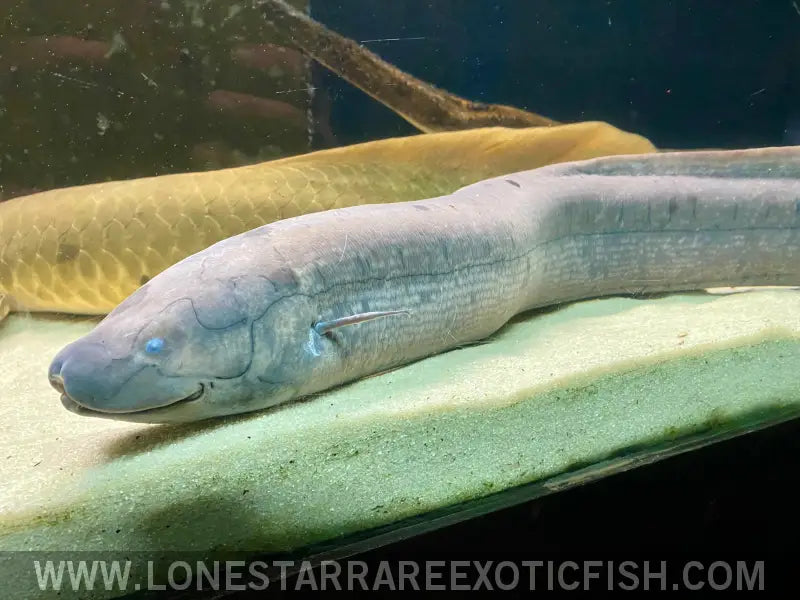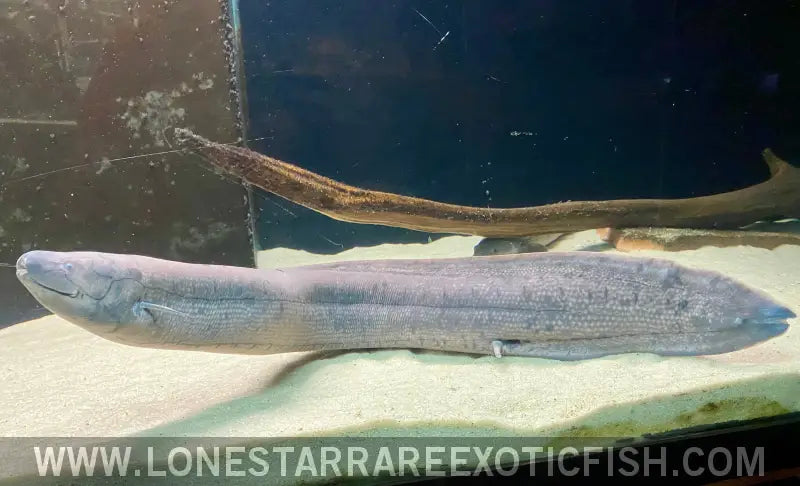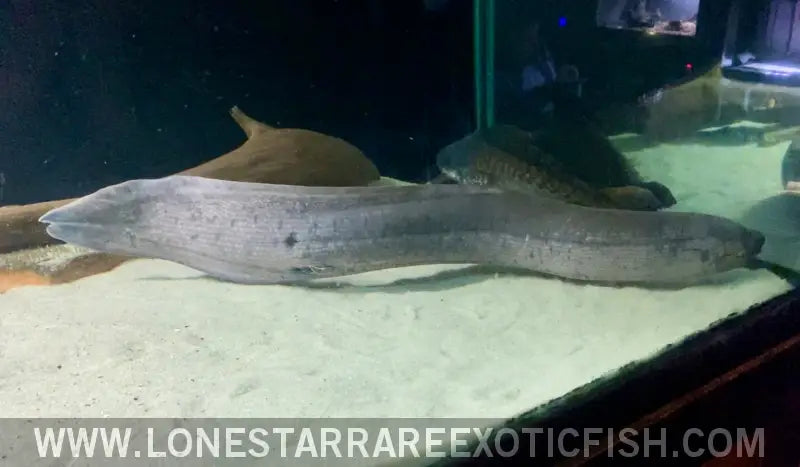Description
Common Name: South American Lungfish
Scientific Name: Lepidosiren paradoxa
Other Names: Peruvian Lungfish, South American Mud-fish
The South American Lungfish, also known as the Peruvian Lungfish, is a captivating freshwater species. With an elongated, eel-like body and thin, limb-like pectoral fins, its appearance in any aquarium is sure to captivate. Juvenile South American Lungfish are mostly dark-grey/black displaying beautiful bright green/yellow speckles throughout their body to help them camouflage within floating vegetation, which gradually changes to a mottled olive-brown/grey coloration that often has darker spots or patterns as the fish matures. One of its most fascinating traits is its ability to breathe air due to its primitive lung, in addition to having gills.
Habitat and Distribution: The South American Lungfish is native to the slow-moving, swampy waters of northern and central South America, specifically in Peru. Their habitat can sometimes be low in oxygen, which is why they have evolved the ability to breathe air. In times of drought or reduced water levels, the lungfish can burrow into the mud, encasing itself and entering a state of aestivation until conditions are more favorable.
Size and Lifespan: In the wild, the South American Lungfish can achieve lengths of up to 3-4 feet. They are long-lived creatures, with many reaching or surpassing 15 years in well-maintained aquariums.
Diet and Behavior: The diet of the Peruvian Lungfish in the wild consists of smaller fish, crustaceans, vegetation, and insects. In captivity, they benefit from a varied diet of high-quality protein-rich pellets, frozen or live foods like bloodworms or earthworms, and they will even happily accept veggies from time to time. They are generally slow-moving and can sometimes be shy or reclusive, especially when young.
Breeding and Reproduction: Breeding this species in captivity is a rarity. In the wild, males are known to create nests and take on the role of guarding the eggs and fry. Interestingly, young lungfish display external gills in their early life stages, which are lost as they grow older.
Aquarium Care and Tank Requirements: A spacious tank is essential for these potential giants, starting with at least 240 gallons for adult specimens. Soft substrates are favored as they enjoy burrowing. Sturdy plants and hiding spots can be added, though the lungfish may disturb them. Ensure the tank has a secure lid since lungfish frequently surface to gulp air, but make sure to leave enough space for them to not smash their face into the lid. Young specimens will benefit greatly from having an abundance of real or fake floating plants to lay on and hide within, and it’s recommended to grow them out in a smaller tank that is more appropriate to the current size of the fish and gradually upgrade tanks as they outgrow them rather than starting them out in a large aquarium as juveniles.
Ideal Tank Mates: Given their carnivorous nature, it's advisable to house them with larger, non-aggressive species that won't be seen as prey. Suitable tankmates might include larger cichlids, bichirs, and catfish, among other species of a similar size. We have had great success with a wide variety of of appropriately sized tank mates.
Difficulty Level: Moderate/Easy. Caring for a South American Lungfish requires understanding and catering to their unique needs, as they are unlike any other fish, but with the right attention to detail, they can be a rewarding species to keep.
Water Parameters:
- Temperature: 75-80°F (24-27°C)
- pH: 6.5-7.5
- General Hardness (GH): 5-20 dGH
- Carbonate Hardness (KH): 3-10 dKH
- Ammonia: 0 ppm
- Nitrite: 0 ppm
- Nitrate: < 20 ppm
Additional Information:
- The South American Lungfish are one of only a few species of lungfish found worldwide, and the only species found in the Americas.
- They have an ability to aestivate during dry periods by encasing itself in a mucus cocoon in the mud, a unique survival mechanism.
- Due to its primitive features, it's considered a "living fossil," offering a glimpse into the evolutionary past of vertebrates.

